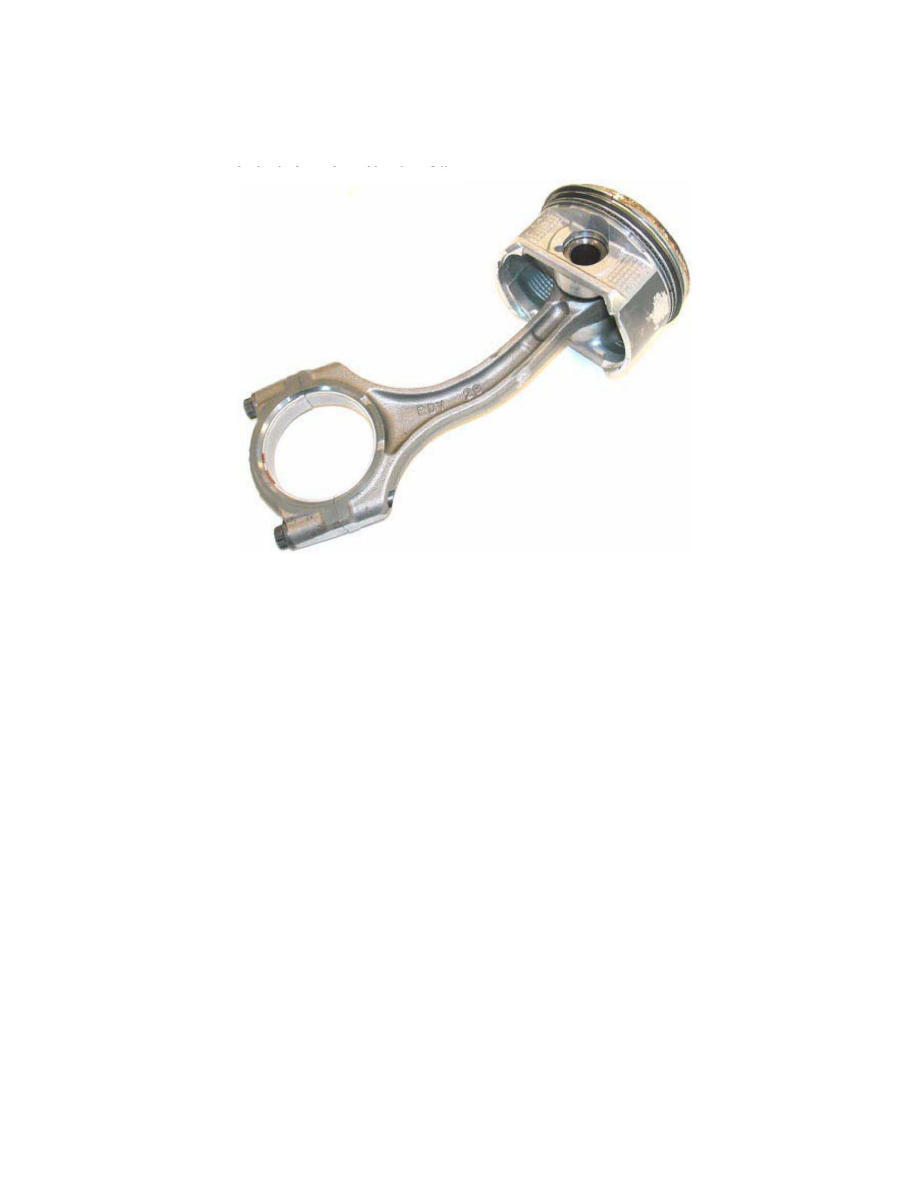Accord L4-2156cc 2.2L SOHC (1991)

Connecting Rod: Technical Service Bulletins
Engine - Connecting Rod Damage Information
Why Do Connecting Rods Break?
Curious why connecting rods break? Afier all, these are heavy-duty parts specifically designed to endure punishing forces and temperatures. Yet, every
once in a while they do bend or break and wind up as cool conversation pieces for a coffee table or desk.
Connecting rods break only after they've gotten bent. And they won't get bent unless the engine hydro-locks or the rod bearings fail.
When troubleshooting a bent or broken connecting rod, here are some things to consider:
^ The number one culprit for connecting rod breakage is hydro-lock. This happens when liquid (water or fuel) entering the combustion chamber exceeds
the chamber's volume. Since liquids don't compress, that extra volume in the chamber causes the rod to bend. You won't really notice anything wrong,
until that bent rod finally gives out and breaks. This could happen if you're driving through deep, standing water and someone coming the other way
splashes water over your hood. On very rare occasions, a bad ECM/PCM or fuel injector can cause too much fuel to enter a cylinder, causing
hydro-lock and resulting in a bent rod. Before this happens, though, there are usually some kind of drive ability problems that crop up and remain afier
the engine is fixed.
A bent rod might not show any symptoms until it actually breaks. But bent rods leave a wider-than-normal carbon witness line in the cylinder because
they're shorter. Typically, a healthy engine has a carbon line that's 6 mm deep. An engine that's suffering from bent rods has a second carbon line that's 9
to 12 mm deep.
^ Connecting rod bearings fail for a number of reasons. To properly determine what actually caused a rod bearing to fail, you've got to take apart all rod
bearings and main bearings and compare them side by side. If all or most of the bearings and journals show similar damage (scoring, exposed copper,
or heat discoloration) the likely cause is oil starvation, poor maintenance, customer abuse, or running the engine with an aftermarket power booster
(nitrous oxide setup, supercharger, turbocharger). If only the bearing or journal for the failed rod looks bad but all the other ones look good (no
scoring, no exposed copper or heat discoloration) and the crankshaft journals are smooth with no heat discoloration, then that particular bearing/
clearance would be suspect.
